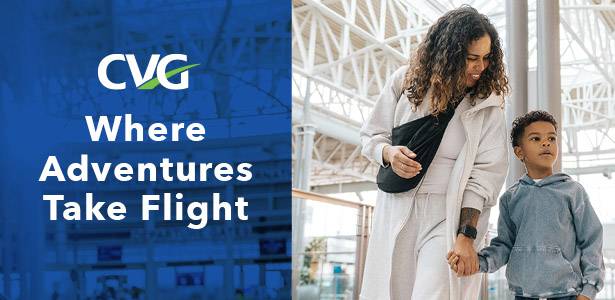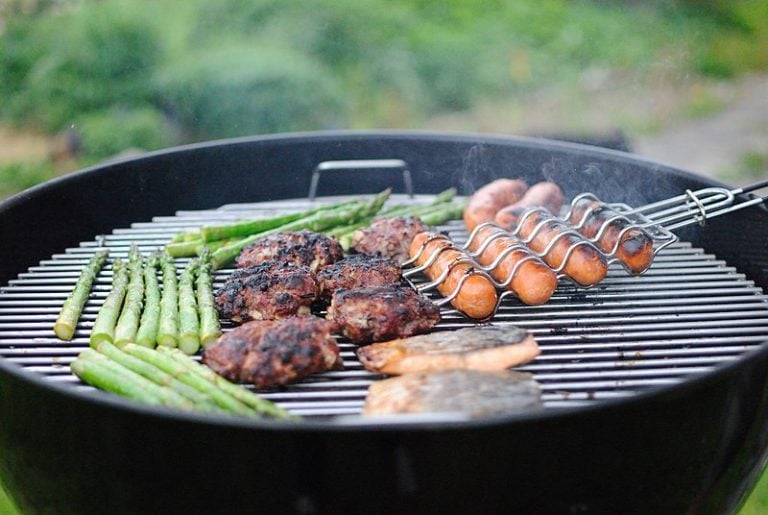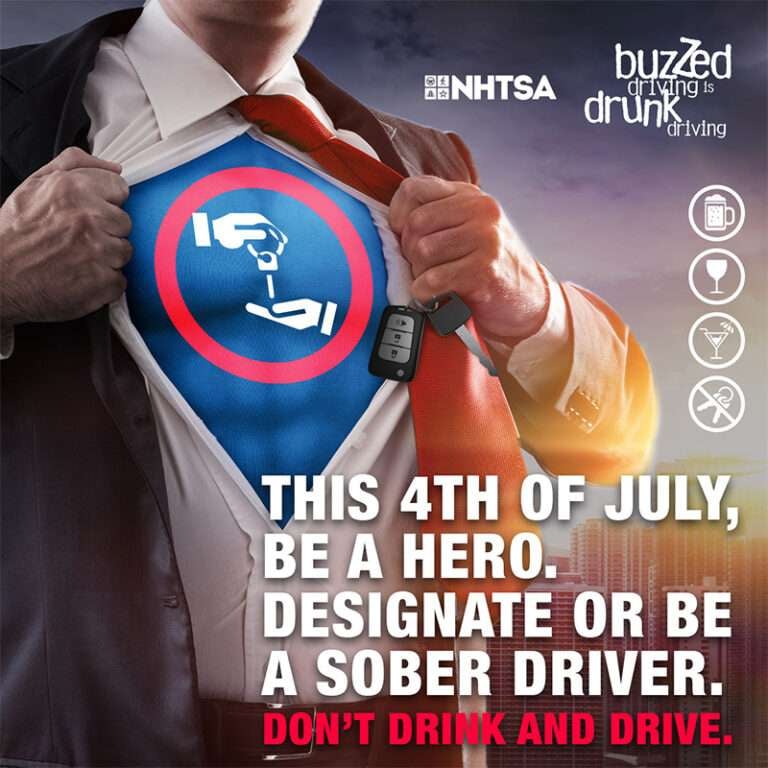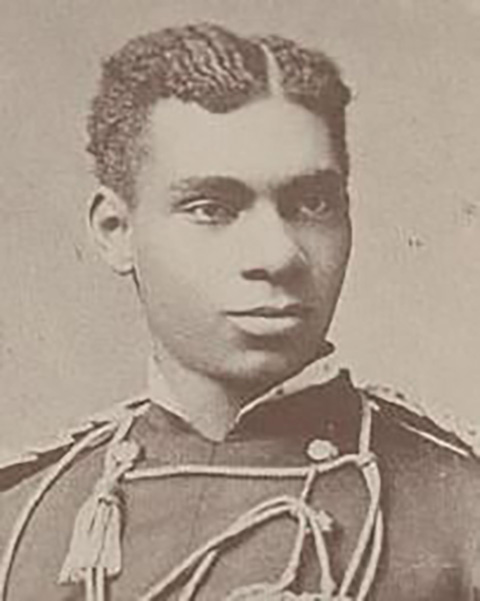In my line of work as a risk management and safety professional, the term “safety” is loosely tossed around in many of my conversations and meetings. I’ve heard business owners, CFOs and Presidents often times say “Safety is First” or that “Safety Is Everyone’s Responsibility.” But what does that really mean, and is it really being practiced when they aren’t looking?
What I have found is that safety is a mindset of self-preservation, and it is not something that can happen on its own by accident. You need to constantly work towards it with the right measures, tools, and mindset; and you must have a true commitment from leadership. It takes less time to do a thing right and safely than it does to explain why you did it wrong and unsafe.
You never want to learn safety by accident and the fact is safety isn’t expensive, it is priceless. But here is the fact, safety isn’t always safe, you can find one on every gun. My point is safety has to be contagious, especially when you have to rely on others for your own life.
 Keven Moore works in risk management services. He has a bachelor’s degree from the University of Kentucky, a master’s from Eastern Kentucky University and 25-plus years of experience in the safety and insurance profession. He is also an expert witness. He lives in Lexington with his family and works out of both Lexington and Northern Kentucky. Keven can be reached at kmoore@higusa.com
Keven Moore works in risk management services. He has a bachelor’s degree from the University of Kentucky, a master’s from Eastern Kentucky University and 25-plus years of experience in the safety and insurance profession. He is also an expert witness. He lives in Lexington with his family and works out of both Lexington and Northern Kentucky. Keven can be reached at kmoore@higusa.comWhen I awoke the morning of January 3, and watched the news of the Japanese Airline Flight (JAL) #516 fiery collision with a Coast Guard plane on the runway as it was landing, I was literally amazed to then learn that all 379 passengers made it out of the smoldering plane alive.
The coordination from the airline attendants and willingness of the passengers that it took for that swift and safe evacuation, reflect the dedication to safety and training by the airline and the hard experience from their past disasters.
Often when tragedy such as this strikes, people react in different ways. Some people have a heightened sense of awareness and self-preservation and will react quickly, while others freeze in their tracks like a frog in boiling water. While others will forget the safety instructions and must be pushed and prodded to their own safety.
I have often wondered when I fly what type of passengers are sitting in front of me. I always count the number of rows that are in front of me, and behind me to the nearest exit. I prefer an aisle seat so that I can quickly exit, and I always assess the passengers around me, identifying those who may need help or may be slow to respond to an emergency.

In this instance, the passengers had a limited amount of time to evacuate the plane before smoke filled the cabin stopping them in their tracks. Just one passenger freezing in aisleway or insisting on grabbing their luggage would have clogged the aisleway and would have killed dozens of passengers behind them.
In 2006, JAL established a Safety Promotion Center at the airport to reflect on the lessons learned from the tragic crash of Flight 123 into a mountain north of Tokyo on August 12, 1985. This incident was the world’s worst single-aircraft disaster, claiming the lives of 520 people and leaving only four survivors. JAL staff maintain a memorial at the site at Otsuka Ridge, which new employees climb to pay their respects.
International aviation safety organizations use a 90-second benchmark for evacuating all passengers during emergency drills. Think about that for a minute, I can’t always get my own family to move out of the way when I’m carrying in the groceries in that amount of time.
Such drills must be done once a year, and all crew members and flight attendants must pass the test. Airline safety analysts credited the rapid evacuation to stringent training and passengers who heeded instructions and left their belongings behind to avoid impeding the evacuation, in which every second counted, and could separate themselves from life or death.
It was later learned that during the accident, the aircraft’s announcement system malfunctioned, so flight attendants had to use megaphones and shout to clear the plane using the three emergency slides. Videos posted by passengers showed people covering their mouths with handkerchiefs as they ducked down and moved toward the exits in an orderly way.
But if such efforts by the airline industry don’t set your mind at ease, then here are some additional tips that you personally can take to increase your survival rate in the event of an accident:
• Remember If You Aren’t First You’re Last: Sit next to an exit because your odds of survival increase greatly if you are the first person off the plane.
• Remember 2nd is first place Loser: Select an aisle seat for quick access to the aisle. When seconds count the last thing you want to worry about having to climb over that passenger that is taking too long to get out of your way.
• Sit In The Back of The Plane With The Cool Kids. When scheduling your flight, you may want to consider the back of the plane, especially near the rear exit. Studies have found that passengers in the tail of the airplane enjoy a 40% higher survival rate than those in the first few rows.
• Sit Next To Bruce Willis: If you are a deer in the headlights type person, then look to sit next to a young mobile male, to help escort you to safety in the event of an accident.
• Leave Your Shoes On: When your action-hero grabs you by the arm and starts yelling yippee ki-yay, you don’t want to have to stop and tie your shoes.
• Dress For Success: Dress comfortably with lose fitting clothing and the correct shoes to let you move quickly in the event of an accident. The last thing you want to worry about is breaking a heel or losing a flip flop while evacuating plane.
• Keep Your Tribe Close: If you are traveling with friends, family or loved ones then always try to sit all together. The last thing you want to worry about is the searching for someone if and when mayhem occurs.
• Listen To The Safety Professionals: Pay attention to the pre-flight safety talk. The airline attendants are not there to serve people, but instead are there for your safety only. They are the real action-heroes on that plane and will inform you of the critical safety information you need to know to successfully exit the plane, the number and location of all the exits and where is your flotation devise in located.
• Informed Victims Become Survivors: Read the safety card, it is a map that leads to your survival. You may have to slide down an inflatable ramp. You may have to get in an inflatable boat. The card shows you how it all works.
• Snug As A Bug: Always keep your seatbelt buckled and snug. Every extra centimeter of slack in your belt triples the G-Force your body will experience in the crash. Keep your belt low on your pelvis, instead of your abdomen. Bones can handle impact better than soft internal organs.
• Visualize Your Escape: Visualize your escape and count the number of rows in either direction to the exits.
• Leave it: Whatever it is that you carried on, it can be replaced, trust me. Besides airlines have insurance.
• Speed Doesn’t Always Kill: Normally most people will survive an impact most people will have about 90 seconds to get out of the plane after a crash before you succumb to the smoke and flames. So hurry, as if your life depended on it.
• Lightening Doesn’t Thunder Twice: Remove your ear buds from your ears so that you can stay alert to your surroundings. Statistics show that most crashes occur in the minutes right after takeoff and just before landings, so stay alert and awake.
• Don’t Die Too Happy: I realize that some people don’t get drunk, they get awesome. But to increase your odds of survival then you should avoid those inflight alcoholic beverages. Alcohol impairs your response in a crisis.
• Do Your Homework: Avoid airlines with poor safety records. Every airline has a safety record, and those records are tracked and assessable online.
• Stay fit. If you want to win that race, then remember you have to be fit and able to get out.
Be Safe My Friends

















